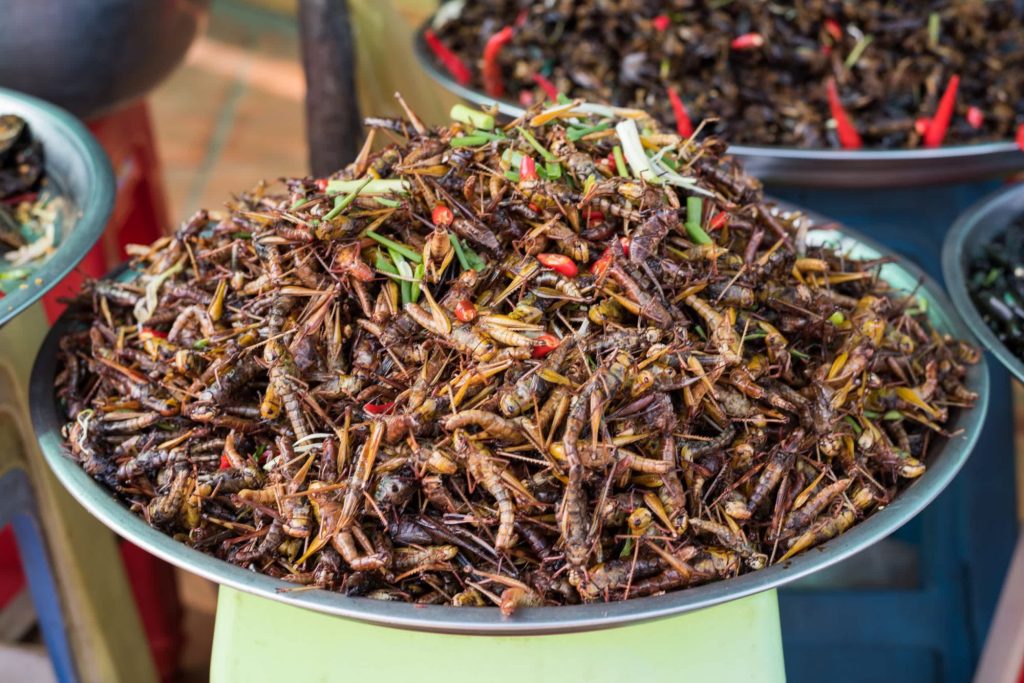Our revulsion at the idea of chowing down on crickets, cockroaches, ants and mealworms may be hurting the planet.
It’s preventing us from using insects as a fantastic source of protein and nutrients which is incredibly sustainable.
Insect farming uses substantially less water than other forms of farming, uses less feed, and releases up to 80 times less methane and greenhouse gases than cattle farming.
On top of this, insects are easy to keep and don’t require much space at all.
They’re better for you than you think
Best of all, insects are a better source of protein and other nutrients that many of our favourite foods. If you were to have a steak, depending on the cut, about 20-27% of that steak would be pure protein.
In comparison, if you were to have the equivalent dish with mealworms, you would be consuming over 33% protein. And, gram for gram, crickets have more than double the protein of steak, with some cricket flour claiming to be 60-70% protein.
If you’re looking at increasing your protein intake, it seems that bugs would be the way to go. And it’s not only in protein that insects excel. Bugs are high in fibre and low in saturated fats.
They also contain a huge array of nutrients: for example, crickets are very high in calcium and potassium, bees and bee larvae are high in essential fatty acids and termites are a high source of iron.
They taste surprisingly good
Maybe the reason why we don’t consider eating insects is because we think we’ll hate eating insects. We couldn’t be more wrong.
Insects actually don’t taste too bad, and our fear of eating them could turn out to be one of the most environmentally destructive myths of all time.
Entomologist and food scientist, Skye Blackburn, is passionate about eating insects. While this might seem a little strange, it has given her amazing insight into the taste and texture of these nutrient-rich critters.
She says most people would be surprised at what insects actually taste like. Like a lot of animals, the flavour really depends on what the bug is eating and the environment it’s kept in.
4 insects to try today
Crickets don’t really have a strong flavour, she says, but are great at taking in the flavours of the dishes they’re in. Skye describes them as mild, like an almond.
Mealworms, on the other hand, are quite nutty, with an oily texture, similar to a walnut.
Ants, while not very nutritious, are a great seasoning, with an acidic, citrusy zing from the formic acid that they use to communicate with each other. It makes a kind of insect version of the spice sumac.
Silkworm pupae taste leafy and green from the mulberry leaves that they eat, so you would struggle to pick them in a salad of leafy greens. You’d just be getting more protein.
If the thought of eating whole insects still makes you queasy, then consider eating protein powders or flours made from insects, says Skye.
She points to a bug flour made purely from crushed crickets. This high-protein, high-nutrient powder is a great substitute for regular protein powder in shakes, she says.
It’s time to overcome our irrational dislike of insects and start eating the most sustainable protein source on the planet.
Read more stories from The Latch and follow us on Facebook.

